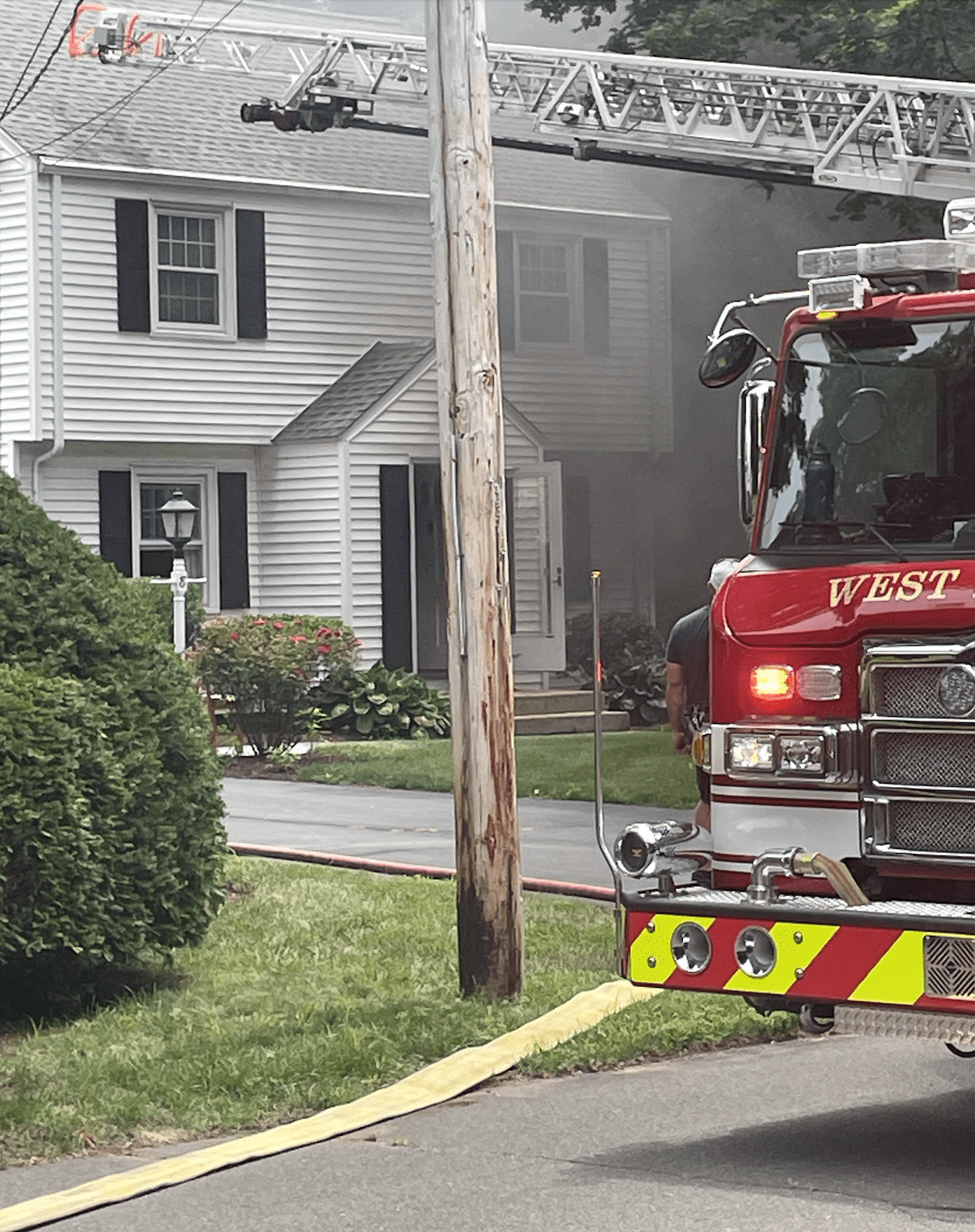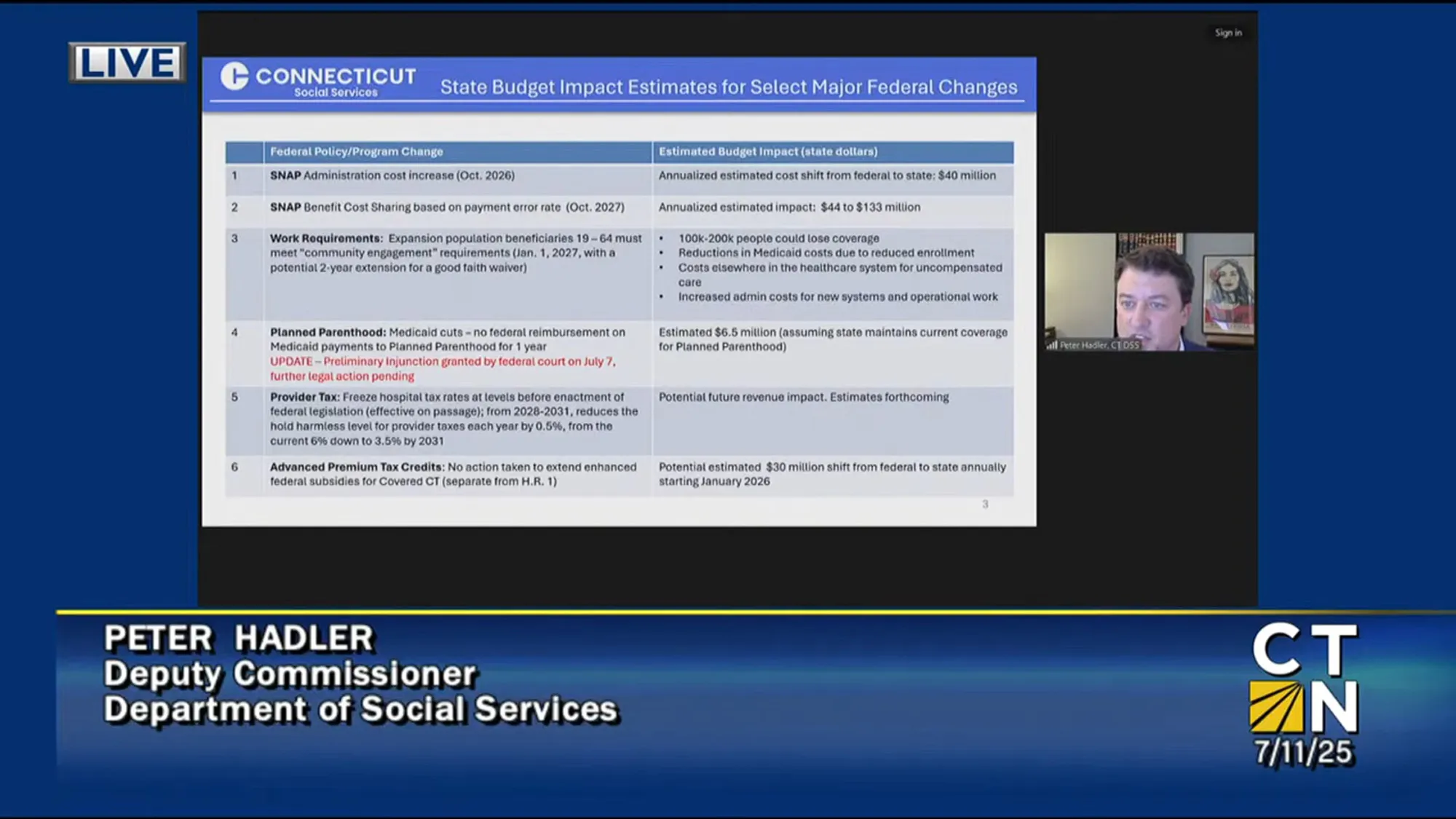College Bound: Words We Hear in College, Part I

Audio By Carbonatix

Adrienne Leinwand Maslin. Courtesy photo
We-Ha.com will be publishing a series of essays/blogs/reflections on the issue of going to college – primarily a set of thoughts and musings, along with some practical advice, intended to support students and parents as they embark on this journey. While many of our readers are experts in this topic, many others are less knowledgeable and have little outside support. We hope this is helpful to all readers as they go through the various stages of getting into and getting something out of college.
By Adrienne Leinwand Maslin
This article was written with assistance from Susan Salowitz, Registrar Emerita, Middlesex Community College. We have divided the contents into two parts so be on the lookout for Part II in a subsequent issue of We-Ha.com.
When I was still working, I would find myself saying things to students like, “You’ll need to go to the Registrar’s Office and do an ‘add/drop’ prior to Sept. 12 which is the ‘withdrawal’ date.” It took me a while to realize that students were sometimes so befuddled by the jargon they would just go home without taking care of the issue. Which, of course, caused problems further down the road. Those of us who work in any given field frequently take the terminology for granted. (I hate to admit it but for the longest time I had no clue what the letters “DM” stood for and didn’t know what I was supposed to do when someone told me to “DM” them!) So, my colleagues and I decided to be a little more explicit when using vocabulary that students might not understand.
In my last column I introduced readers to some of the terminology associated with college costs. This column will focus on additional and equally important terminology related to other aspects of college.
Undergraduate/Graduate Student: My intent is to address issues of undergraduates but I’d like to take a minute to explain the difference between undergraduate and graduate degrees. Students who are seeking associate’s or bachelor’s degrees are considered to be undergraduates. Associate degrees are awarded to students who attend a two-year or community college, typically upon the completion of 60 credits and the requirements in their major. Many of these students then go on to a four-year institution to earn their bachelor’s degree. A bachelor’s degree is typically awarded after a student has completed 120 or 180 credit hours (see Quarter/Semester below). An undergraduate program is meant to provide a student with the breadth afforded by a liberal arts and sciences curriculum as well as the depth of a specific major. A graduate student is a student who is going for an advanced degree such as a master’s or doctorate. These degrees require in depth study in a particular discipline and require an undergraduate degree for entry. The other type of degree is a professional degree such as medicine or law.
Bachelor of Arts (BA) and Bachelor of Science (BS): As the degree titles suggest – and similarly for AA (Associate of Arts) and AS (Associate of Science) degrees – the Bachelor of Arts degree is oriented more towards the humanities, social sciences, and arts while the Bachelor of Science is oriented more towards science and math. Both degrees allow for, and typically require, all students to take a courses in a broad range of academic disciplines. The BA, however, will likely have great opportunities for electives than the BS and will not require as much math and science. Some college will offer only one option for each major but others offer different tracks within a major. A good example might be psychology. A BA in psychology might be appropriate for someone who wants to go into psychology-related fields like social work, law, or counseling, while a BS might be better for someone who wants to do research.
Quarter/Semester: Institutions of higher education divide their academic year into terms, which is the length of time that a class is in session. Depending on the length of the term, it might be called a quarter, a semester, a block, or something else altogether. The semester system is the most common method of dividing up the year. Colleges and universities that operate on a semester system typically have two terms – a fall and a spring term – of about 15 weeks each and a summer session of about 10 weeks. Some also have a winter session that may be about three weeks and requires very intensive study. Colleges that operate on a semester system customarily require 120 credit hours of coursework to graduate with an undergraduate degree. Those that operate on a quarter system break their academic year into four quarters of 10 weeks each with short breaks in between. Students usually attend during three of the four quarters each year. These colleges normally require about 180 undergraduate credits to graduate. While it typically is not something that drives a prospective student’s choice, there are advantages and disadvantages to each system. For example, under a quarter system, a course that runs for only 10 weeks can sometimes feel rushed. No sooner does the class begin than it is time to write research papers and take final exams. On the other hand, a class that is not enjoyable is over sooner. And, a student who is doing poorly has greater opportunity to boost their GPA because of the larger number of classes they are taking.
Contact Hour/Credit Hour: A contact hour is the amount of time a student spends in a classroom of any sort – i.e., traditional classroom, art studio, laboratory, etc. – each week.* Credit hour refers to the amount of academic credit a student receives for that amount of classroom time. Ordinarily, 15 contact hours translate into one credit hour. So, a typical three-credit course would have 45 contact hours each semester. A student who registers for a three-credit course will actually be spending two and one-half hours in the classroom each week as most colleges use a 50-minute hour to give students and faculty time to transition between classes. In addition, for every hour spent in the classroom it is the expectation that the instructor will assign the equivalent of two to three hours of related work to be done outside of classroom time. Therefore, a typical three-credit course requires about eight or nine hours worth of work – both in class and out of class – each week. A student who is taking five, three-credit courses, will be engaged in academic work for 45 hours each week. That’s just like a full-time job!! Credit hours are used to determine academic standing. At a college that is on a semester system a student would be a freshman if they have 0-30 credits, a sophomore (31-60), junior (61-90), or senior (91-120). Students who enter college with many credits from AP classes, early college courses, or through work taken at a local college may be close to having sophomore standing right from the start.
*The amount of time a student spends in online coursework each week might vary from this norm. See Online/on-ground/hybrid below.
Liberal Arts and Sciences: The liberal arts and sciences constitute a broad range of subjects including English, history, chemistry, art, mathematics, philosophy, economics, and more. All students who earn an undergraduate degree take some courses in the liberal arts and sciences to expose them to a broad range of knowledge, ideas, ways of thinking, and research methodologies. Many students choose to major in a liberal arts and sciences discipline while others prefer to major in a field that is more career-oriented such as business, nursing, teacher education, or many others. Still, regardless of major, all students are required to experience the liberal arts and sciences.
Core competencies: Most colleges have a set of core competencies that, by virtue of the curriculum, will be met by the students who successfully complete their programs and graduate. While core competencies may vary from college to college, they tend to parallel the competencies established by the Association of American Colleges and Universities (https://www.aacu.org/initiatives/value). These include:
- Civic knowledge and engagement – local and global
- Creative thinking
- Critical thinking
- Ethical reasoning
- Foundations and skills for lifelong learning
- Global learning
- Information literacy
- Integrative and applied learning
- Intercultural knowledge and competence
- Inquiry and analysis
- Oral communication
- Problem solving
- Quantitative literacy
- Reading
- Teamwork
- Written communication
Major: This is the area in which a student will concentrate and achieve a more extensive level of mastery. Academic departments will specify the courses one needs to take to complete a major in that area.
Minor: This also reflects a concentration but is not as extensive as a major. Again, like the major, there are specific courses that comprise a minor in a particular discipline. Some colleges require students to have both a major and a minor while at others a minor is not required. Students who choose a minor may select something that supplements their major while others may opt for something that simply satisfies an interest.
Online/on-ground/hybrid: Most colleges offer both on-ground and online education. On-ground refers to an environment where students and instructor(s) come together in the same physical space – usually a classroom but it may be an art museum, observatory, laboratory, etc. – and learn together. Online refers to a learning environment where students learn remotely, away from any type of shared physical space. Students who learn online frequently do so from the comfort of their own homes, library, or office space. Online learning requires a computer and a solid internet connection. Students typically read and respond to material the instructor has put “online” using a specified learning platform that has been selected by the college such as Blackboard or Canvas. On-ground learning occurs in a synchronous fashion while online learning is typically, although not always, asynchronous (see below). Hybrid courses are those that meet both on ground and online. Usually a course might meet once a week on ground – in a synchronous fashion – and then have an online component that can be completed during the same week but asynchronously, at a time of one’s own choosing. Some online and hybrid courses have a synchronous online component where the entire class meets together via Zoom or a similar group meeting platform.
Synchronous/Asynchronous: Synchronous learning occurs all at the same time, as in a typical classroom environment, while asynchronous learning can occur at any time that is convenient for the student within certain time frames based on due dates for assignments.
Adrienne Leinwand Maslin recently retired from a 45-year career in higher education administration. She has worked at public and private institutions, urban and rural, large and small, and two-year and four-year, and is Dean Emerita at Middlesex Community College. She has held positions in admissions, affirmative action, president’s office, human resources, academic affairs, and student affairs. Maslin has a BA from the University of Vermont, an MEd from Boston University, and a PhD from the University of Oregon. She is presently creating a TV/web-based series on life skills and social issues for 9-12 year olds believing that the more familiar youngsters are with important social issues the easier their transition to college and adulthood will be. Information about this series as well as contact information can be found at www.shesroxanne.com.
Like what you see here? Click here to subscribe to We-Ha’s newsletter so you’ll always be in the know about what’s happening in West Hartford! Click the blue button below to become a supporter of We-Ha.com and our efforts to continue producing quality journalism.




This column should be read twice by students and parents and take written notes on this invaluable information.
Jim Johnson, Conard alum
[…] Opinion: College Bound: Words We Hear in College (WeHa.com, March 28, 2022) […]